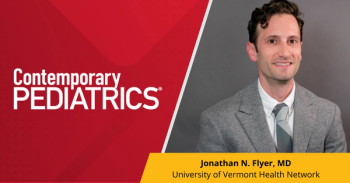
Pesticides in Children: Exposures, Health Effects, and Prevention
Lab technicians can run a test for lead, and for ammonia, but not for pesticides. They’re concocted from a mix of chemicals in different quantities, with different properties and tolerance levels. If only the difficulty of tracking them down in the bloodstream was their only downside.
Lab technicians can run a test for lead, and for ammonia, but not for pesticides. They’re concocted from a mix of chemicals in different quantities, with different properties and tolerance levels. If only the difficulty of tracking them down in the bloodstream was their only downside.
James R. Roberts, MD, MPH, of the Medical University of South Carolina, Charleston, S.C. spoke to the Monday plenary crowd in Boston exclusively about pesticides – it was a big enough issue to crowd out rodenticides, herbicides, and insecticides.
A child with pesticide exposure will classically present in the classic “running of all orifices,” he said -- mucous, diarrhea, etc. They can also present with central nervous system reactions – coma, stupor, and seizures. When fatal, the cause of death is respiratory failure.
A CDC pesticide study of 3,546 people, specially weighed to account for geographic and minority factors, was able to extract information for 58 million people. This study found that 18% to 20% of families had used pesticides in the last month: 50% of those sprayed one room, and 13% sprayed three.
Pyrethroids (a primary component of pesticides, along with organophosphates and carbamates) were double one month after treatment versus without treatment, which is to be expected. Also expected were that a test of vegetables revealed more outdoor-use pesticides than indoor-use ones.
Not as expected was the difference between a professional exterminator and a nonprofessional. When a non-pro treated for pests, pyrethroid level were five times higher, and other toxins were up to three times higher. And non-pros are six times more likely to retreat, leading to further exposure. Almost a million and a half children exceed maximum pesticide chemical levels due to nonprofessional treatment.
This is cross-sectional data, Roberts reminded, not causational. (Hopefully, no one will ever run a clinical trial on how much poison a child can withstand.) And high levels do not mean disease. But there are common sense ways to prevent ingestion – keep young kids away from treated area, wash hands after time on pressure-treated deck, etc. “Every bit of it is common sense,” he said. “But use a lot of it, not a little.”
Newsletter
Access practical, evidence-based guidance to support better care for our youngest patients. Join our email list for the latest clinical updates.










